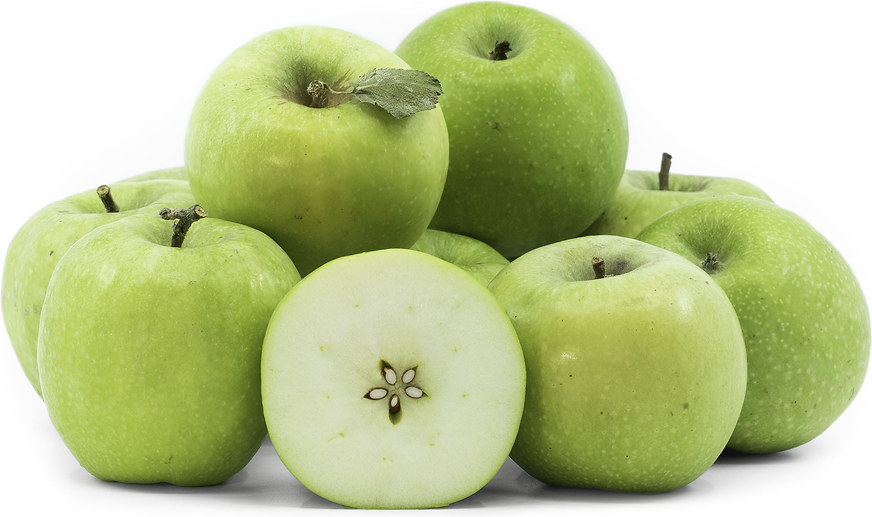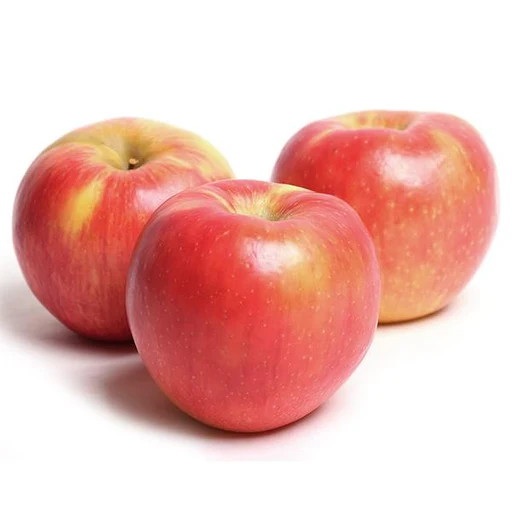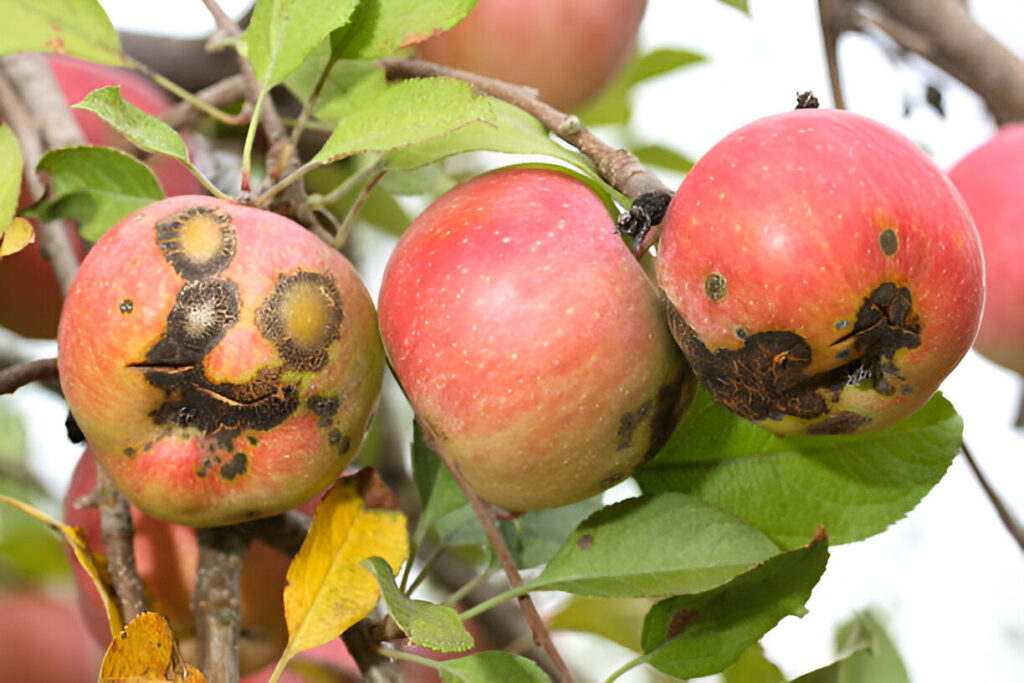Alright, so you’re thinking about starting an apple farm, huh? Honestly, it’s a brilliant choice. Apples are one of the most popular fruits around the world. They’re versatile, healthy, and—let’s be real—they make some pretty fantastic pies, right? Apple farming can be incredibly rewarding, but (and here’s the thing), it’s not all sunshine and…well, apples. There’s work involved. And I mean, real work.
But, if you follow this guide and don’t shy away from getting your hands dirty, you’ll be on your way to growing apples that will make people rave. So, let’s break this down—from planting that first tree all the way to pulling those juicy apples off the branches.
Why Apple Farming is a Big Deal
Apples are a staple in agriculture for good reason. They’ve been cultivated for thousands of years, feeding entire communities, and even building economies. Today, they remain one of the top fruits sold globally, and if you get this right, your farm could tap into that demand. You’re not just growing a fruit; you’re growing a business (or at least something awesome to brag about at family dinners). Plus, with the rise of organic and eco-conscious eating, there’s a real market for high-quality, locally grown apples. And the beauty of apple farming? Once the trees mature, they produce fruit year after year.
What’s in it for you? Aside from delicious apples, an apple orchard (done right) could be your ticket to sustainable income, satisfaction from working with nature, and let’s not forget the breathtaking sight of blooming apple trees in spring!
What You’ll Learn
This guide will take you through everything: selecting the right apple variety, preparing your land, planting, caring for your trees, managing pests and diseases, all the way to harvest (and even storing the fruits). By the end, you’ll know what it takes to grow apples successfully.
Step 1: Choosing the Right Apple Variety
This is where you start. Not all apples are created equal, and different types thrive in different environments. Some are better suited for eating fresh, while others excel in baking or cider-making. So, ask yourself—what’s the endgame? You want to grow something that’ll suit your goals and your climate. You don’t want to be stuck with apples that hate your soil or won’t survive your winter.
Popular Varieties:
- Gala: Sweet, crisp, and perfect for fresh eating.
- Granny Smith: That sour punch—amazing for pies.
- Honeycrisp: Big, juicy, and all-around crowd-pleaser.
- Cortland: Great for cooking, and they don’t brown quickly.
Oh, and remember, some apple trees are self-pollinating, but many varieties need a buddy (another tree) to help with pollination. So, plan accordingly.




Step 2: Preparing the Land
Okay, so now you’ve picked your variety—what’s next? You need land. And not just any land. Apples like well-drained soil with a slightly acidic pH (about 6.0-7.0). They won’t be happy sitting in waterlogged soil—think of it like soggy socks. They hate it.
Steps for Land Prep:
- Test Your Soil: Grab a soil test kit (or send it off to a lab). This tells you everything—pH, nutrient levels, everything you need to tweak before planting.
- Amend the Soil: If the pH is off, adjust it with lime (for acidic soil) or sulfur (for alkaline). You’ll probably need to add compost or organic matter too.
- Clear the Land: Get rid of weeds, rocks, or any debris. Apple trees need space to stretch their roots.
- Mark the Rows: Plan your spacing. Standard trees need about 20 feet between each other. Dwarf varieties? You can get away with 10 feet.
Note: When it comes to spacing, don’t skimp. Crowded trees mean less sunlight and airflow, which can lead to disease.
Step 3: Planting Your Apple Trees
Now for the fun part—planting your trees! Make sure you plant in early spring or late fall when the weather’s cooler. Avoid the peak of summer because young trees can’t handle heat stress (kind of like us on a scorching day).
The Planting Process:
- Dig a Hole: The hole should be twice as wide as the root ball and deep enough to cover the roots without burying the graft union (that knobby bit near the base of the tree).
- Position the Tree: Place your tree in the hole, ensuring the graft union sits about 2 inches above the soil line.
- Backfill and Water: Gently fill the hole with soil, tamp it down, and give it a deep soak. You want the roots to settle in nicely.
Pro Tip: Mulch around the base of the tree to retain moisture and keep weeds at bay, but don’t let the mulch touch the trunk—bad news for the tree.
Step 4: Caring for Your Trees
Here’s where you’re going to need some patience. Apple trees take a few years to start bearing fruit (typically around 3-4 years for dwarf varieties, 5-6 for standard trees). During this time, your main job is to keep them healthy.
Pruning:
Pruning is huge for apple trees. It improves sunlight exposure and airflow, reducing the risk of disease and promoting better fruit. Do this in late winter before new growth starts.
- Remove dead or diseased branches.
- Thin out crowded areas.
- Shape the tree to a strong, open structure.
Prune early, prune often—trust me, you’ll thank me later.
Watering:
Apple trees need regular watering, especially in the first few years. About 1 inch per week is a good rule of thumb, but that’ll depend on your climate. Don’t overdo it, though! Too much water can lead to root rot.
Step 5: Dealing with Pests and Diseases
You’re not the only one who loves apples. Pests and diseases are probably your biggest challenge. But don’t stress—there are ways to stay on top of this.

Common Pests:
- Codling Moth: They lay eggs on apples, and their larvae tunnel into the fruit.
- Aphids: They suck the sap out of young leaves, weakening the tree.
- Apple Maggot: Small, black flies that lay eggs inside the apple, causing ugly brown tunnels.
Diseases:
- Apple Scab: Fungal disease that leaves dark, scabby lesions on fruit and leaves.
- Fire Blight: A bacterial disease that can kill branches and entire trees if left untreated.
Solution? Organic sprays, beneficial insects like ladybugs (for aphids), or traps can help control the situation. Always stay ahead of the game by keeping your trees well-pruned and healthy. The healthier your tree, the better it’ll resist pests and disease.
Step 6: Harvest Time!
This is where all your hard work pays off. Apple harvest typically happens in late summer or fall, depending on the variety. The trick to knowing when they’re ready? Check the color, taste, and firmness. If an apple comes off the branch easily and tastes just right, you’re good to go.
Pro Tip: Don’t pull or yank the apples off the tree. Twist them gently—if they’re ready, they’ll come right off.
Step 7: Storing Your Apples
If you’re not going to eat them all at once (which, I mean, I wouldn’t blame you), you’ll want to store your apples properly. Keep them in a cool, dark place like a basement or cellar. Don’t let them touch each other, though—apples can bruise easily, and one bad apple really does spoil the bunch. Seriously.
Suitable Locations and Ideal Conditions for Apple Farming
Before you even think about planting, you need to make sure your region’s climate and weather are a good fit for apple trees. Apples are a bit picky when it comes to climate, and they need the right balance of cold and warmth. Here’s what you should consider:
Best Regions for Apple Farming
Apples grow best in temperate zones—areas that experience distinct seasons, especially a cold winter and a mild to warm summer. They actually need those chilly winter months to set up for the next growing season (we’ll get into that in a sec). Some of the most well-known apple-growing regions include:
- North America: Washington State, Michigan, New York, and parts of Canada (like British Columbia)
- Europe: France, Poland, Italy, and the UK (specifically the southern areas)
- Asia: China (which is actually the world’s biggest apple producer), and parts of Japan
- Southern Hemisphere: New Zealand and Australia (Tasmania, for example, has a great climate for apples)
The key here? Moderate climates with defined seasons. But you don’t have to live in these exact areas to have a successful orchard—many other places work well, too, as long as you hit the right climate requirements.
Temperature and Weather Requirements
Now let’s talk about the weather (it’s crucial). Apple trees need both chilling and sunlight in specific doses. Too much or too little of either, and you’re in trouble.
- Chilling Hours: Apple trees actually love a bit of cold. In fact, they need it. This is where “chilling hours” come in. These are the number of hours a tree spends in temperatures between 32°F and 45°F (0°C to 7°C). Why is this important? It allows the tree to reset for the new growing season, like hitting the refresh button. Without enough chilling hours, your apple tree won’t produce as much fruit (or sometimes any at all).
- Most apple varieties need between 500 to 1,000 chilling hours over the winter to set fruit properly. Some varieties (like Granny Smith) can tolerate fewer hours, while others (like Honeycrisp) demand more.
- Sunlight: Once winter’s out of the way, apple trees need full sunlight—at least 6 to 8 hours a day. Sunlight is what helps the tree grow strong and produce sweet, juicy apples. If your area is mostly cloudy or rainy (like, all the time), it might be harder to grow healthy apples.
- Rainfall: Apple trees need a steady supply of water, especially in the first few years, but they don’t like to sit in soggy soil (hello, root rot). Ideally, you’re looking for around 30-40 inches (760-1,015 mm) of annual rainfall. If your region doesn’t get enough rain, you’ll need to set up an irrigation system.
Ideal Regions by Climate Types:
- Temperate Climates: Perfect for apples. These regions have cool winters and warm summers—exactly what apples crave. Think: most of the northeastern US, the Pacific Northwest, and Europe.
- Mountain Regions: Higher elevations often offer the cool winters and moderate summers that apples love. Places like the Appalachian Mountains or parts of the Alps are ideal.
- Mediterranean Climate: With some adjustments (like selecting varieties with lower chilling requirements), apple farming can thrive in Mediterranean regions like southern France, Italy, and California’s coastal areas. These regions tend to have milder winters, so you’ll want to plant varieties that don’t need as many chilling hours.
Regions to Avoid
- Tropical Climates: Apples aren’t fans of hot, humid weather. Tropical regions lack the cold winters apple trees need, and the constant heat can stress the plants. If you live in a tropical zone, you’ll probably have more success with other fruit trees (mango, anyone?).
- Desert Climates: It’s tricky because, while apple trees do like sunlight, extreme heat will bake them. Even if you try to irrigate, the intense heat can damage the fruit and leaves. Unless you have a really good watering and shading system, this isn’t ideal for apple farming.
Soil Conditions
Besides the weather, don’t forget to think about your soil (because, yes, that dirt matters). Apples thrive in well-drained, loamy soil with a pH of about 6.0-7.0 (slightly acidic). Avoid heavy clay soil that holds water, as it can suffocate the roots. And sandy soil? It can work, but you’ll need to manage water and nutrients more carefully.
A Quick Recap
- Best Climates: Temperate regions with cold winters and mild summers.
- Chilling Hours: Apple trees need around 500-1,000 hours of cool temperatures (32°F – 45°F) during winter.
- Sunlight: Full sun—at least 6-8 hours per day.
- Rainfall: Around 30-40 inches annually, with good drainage.
- Avoid: Tropical or desert climates—too hot, too humid, or too dry.
So, before you jump in, double-check that your region ticks these boxes. If it does, you’re in a solid spot for apple farming success. Got any more questions? Feel free to ask!
Final Thoughts
Apple farming? It’s no walk in the park, but if you’re committed, it’s totally doable. You’re not just growing fruit—you’re building something that lasts. And once those trees start producing, you’ll have apples for years to come. So go ahead—plant that tree, nurture it, and enjoy the fruits (literally) of your labor. Oh, and if you’ve got any questions, drop them in the comments. Let’s chat.
Who knows, maybe I’ll be eating one of your apples one day.

